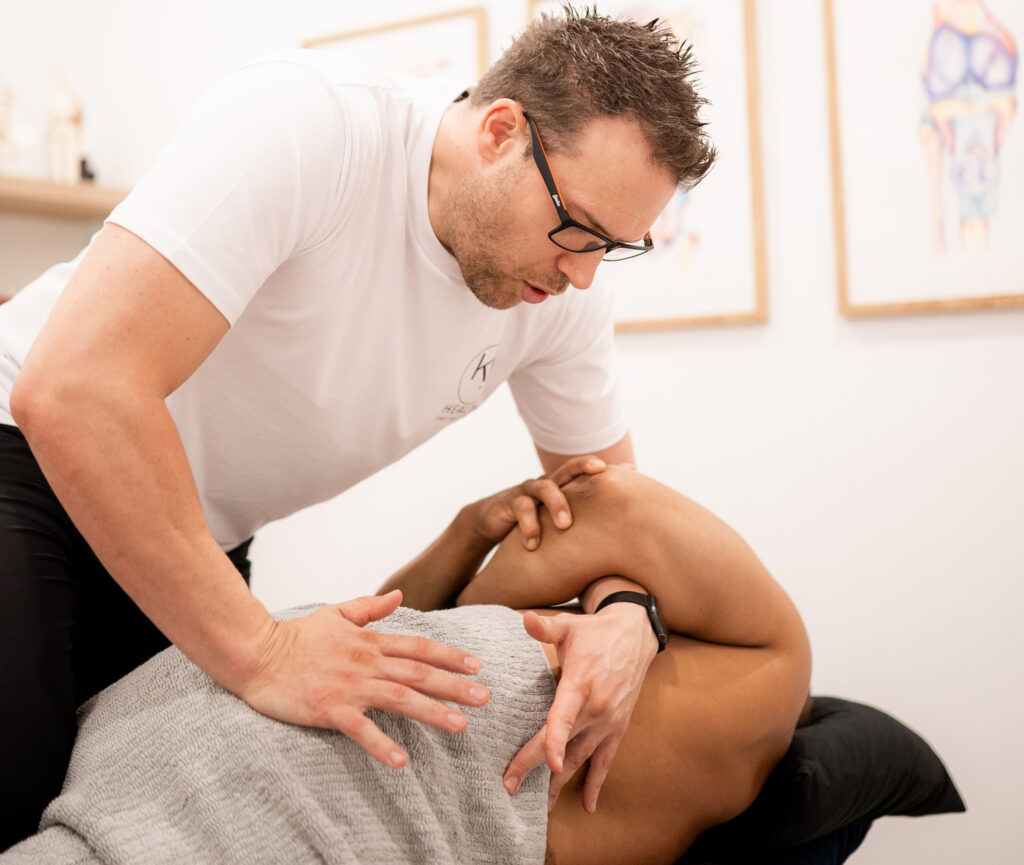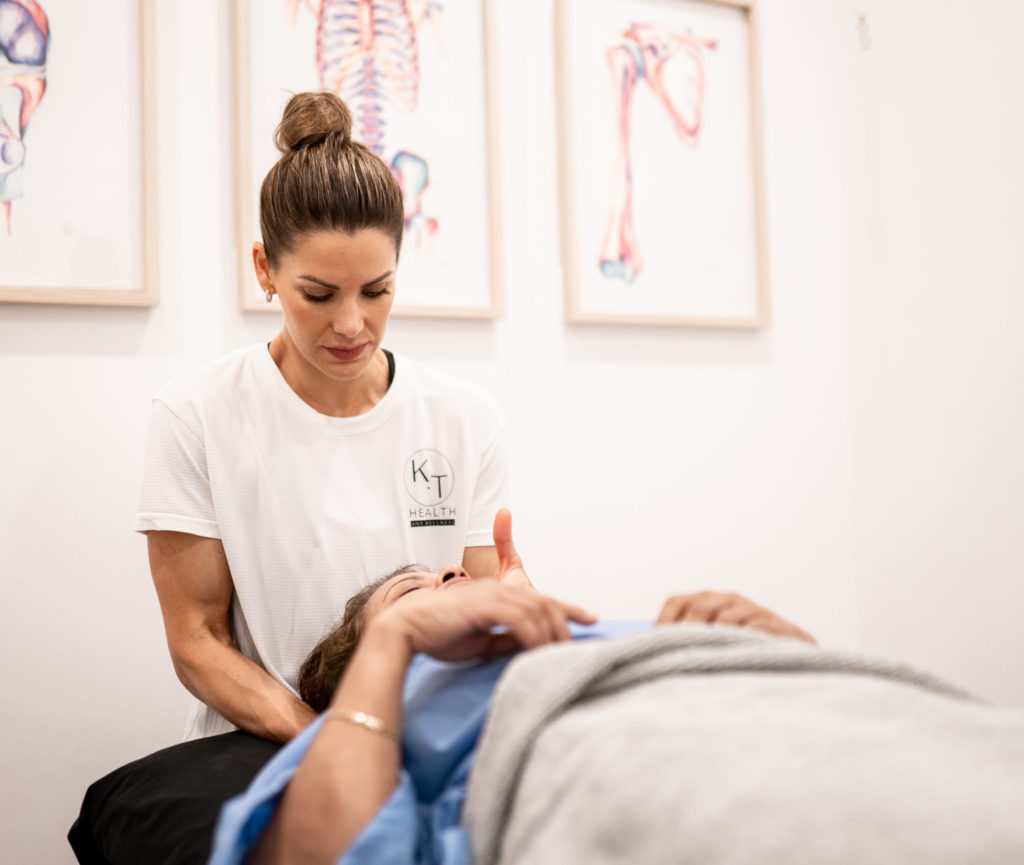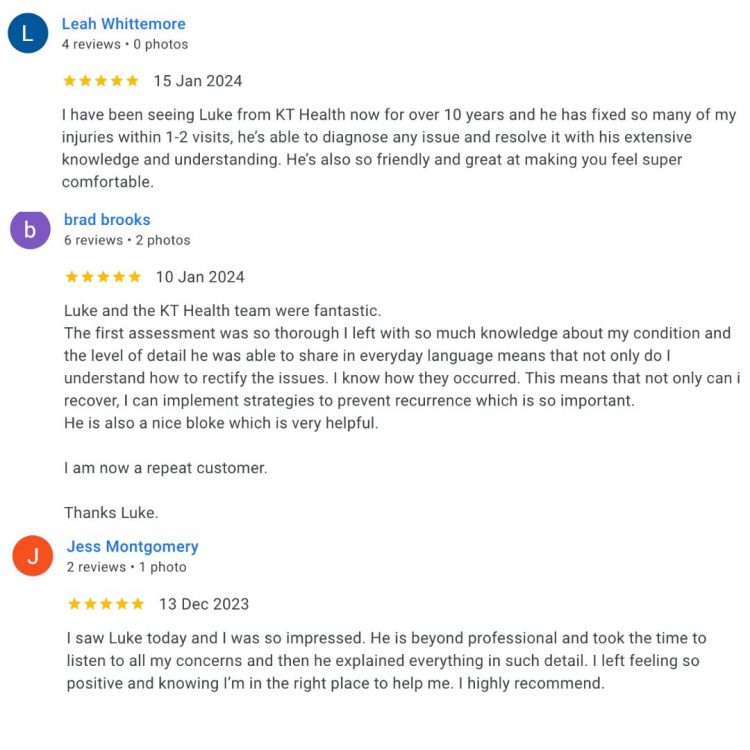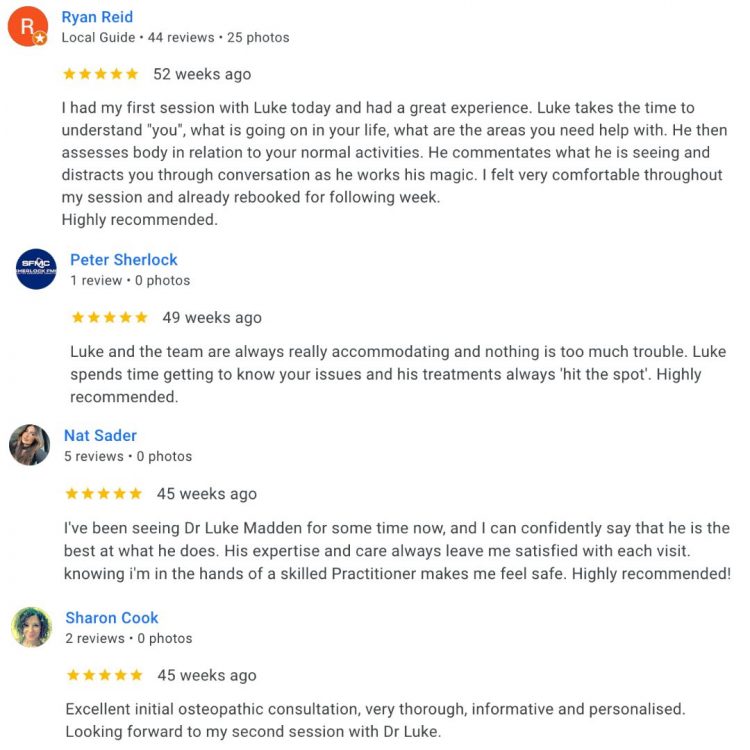Everything You Need to Know About Spondylolysis
What is Spondylolysis?
Spondylolysis is a stress fracture or crack in a small part of a spinal vertebra called the pars interarticularis, usually in the lower back. It’s a common cause of lower back pain in young athletes, especially those involved in sports that require repeated bending backward or twisting.
An analogy…
Think of the vertebra like a bridge. The pars is the narrow section in the middle, and if that part weakens or cracks from too much stress, the bridge loses stability, that’s exactly what happens in spondylolysis.
What are other names that spondylolysis can be called?
Pars Defect, Lumbar Spine Stress Fracture, Stress Fracture of the Pars Interarticul
What causes spondylolysis?
Spondylolysis typically affects the L5 vertebra in the lower back. The pars interarticularis is a thin section of bone connecting the front and back parts of the vertebra. When this area is repeatedly stressed, especially with hyperextension movements, it can develop tiny fractures. If the fracture doesn’t heal properly, it can progress to spondylolisthesis, where the vertebra starts to slip forward.
What are the signs and symptoms of spondylolysis?
- Low back pain, especially during or after activity
- Pain with extension movements
- Tight hamstrings or muscle stiffness
- Pain that improves with rest and worsens with sport or movement
- In some cases, pain may refer to the buttocks, but usually not past the knees
- Tenderness when pressing on the lower back bones
What tests are used to diagnose on spondylolysis?
Palpation: The practitioner gently presses along the lower back, especially over the spinous processes to check for tenderness or a noticeable step-off, which may suggest a fracture or slippage of a vertebra. Pain on palpation near L5 is a key finding in spondylolysis.
Spinal Mobility Tests:
These involve assessing flexion, extension, side bending, and rotation to see if any movements reproduce the patient’s symptoms. Pain with spinal extension is a classic sign of spondylolysis, as it loads the pars interarticularis.
How long does spondylolysis take to heal?
With early diagnosis and proper treatment, healing can occur in 6 to 12 weeks. Return to full sport or activity may take 3 to 4 months, depending on severity. If left untreated, it can lead to spondylolisthesis, requiring longer-term management
How does spondylolysis happen?
- Repetitive hyperextension or twisting
- Sudden increase in training or workload
- Weak glutes and core muscles that fail to support the spine
- Tight hip flexors or hamstrings adding strain to the lower back
- Poor technique in sports or lifting
What treatment can help spondylolysis?
- Rest from aggravating activities, especially sport
- Core and glute strengthening exercises
- Manual therapy for muscle tightness or joint stiffness
- Activity modification and gradual return to sport
- Anti-inflammatory medication for pain management
- Bracing may be recommended in moderate to severe cases to limit spinal extension
What exercises or stretches can I do for spondylolysis?
- Pelvic tilts and deep core activation
- Glute bridges and side-lying leg raises
- Hamstring and hip flexor stretches
- Postural retraining and safe lifting techniques
What products can help with spondylolysis?
Pelvic tilts
Lie on your back with your knees bent and feet flat on the floor.
Pull your bellybutton towards your spine and clench your buttock muscles to roll the tail bone up off the floor.
The majority of the effort should come from your abdominal and buttock muscles.
Your lower back should press firmly into the floor.
Relax and repeat.

Bird dog
Start on your hands and knees, with your hands under your shoulders, and knees under your hips.
Tighten the abdominal core muscles.
Extend the opposite leg and the opposite arm simultaneously, making sure your maintain good control in your torso.
Do not allow your body or hips to rotate.
Repeat on the other side.

Side plank
Lie on your side, propping yourself up on your elbow.
Keep your legs straight and stacked on top of one another.
Use your elbow and feet to push the body off the floor, and maintain a straight line from your head to your feet.
Hold this position for as long as you can, preventing the hips from sagging.
Perform on both sides.

STOP GUESSING – START MOVING
See what other people have said about our osteopaths
Trustindex verifies that the original source of the review is Google. KT health has really helped my back and i have been able to get back into competitive sportTrustindex verifies that the original source of the review is Google. Absolutely amazing, I see Louie Nouh who always listens and caters to my needs. He is amazing at his job and always helps alleviate my pain. I highly recommend Louie.Trustindex verifies that the original source of the review is Google. Friendly, supportive staff. Such a lovely place to exercise! Highly recommend.Trustindex verifies that the original source of the review is Google. Amazing instructor, I am new to Pilates felt very comfortable & supported.Trustindex verifies that the original source of the review is Google. I have been suffering from shoulder and neck pain for months - I saw Dr Louie Nouh a couple of time. His treatment really relived the pain. I have full range of movement now. His knowledge on exercise is fantastic.Trustindex verifies that the original source of the review is Google. Absolutely love reformer at menai. Instructors are amazing. Love Michaela and love the small classes. Highly recommend!Trustindex verifies that the original source of the review is Google. The trainers are all amazing , they explain everthing step by step and help where needed . It is an amazing place to relax get to know other people have a laugh . I recommend for anyone .Trustindex verifies that the original source of the review is Google. Ever since I came here I’ve been looked after by Louie and my shoulder is already feeling much better. Highly Recommend these are good people.Trustindex verifies that the original source of the review is Google. SENSATIONAL Chiropractor in Menai! I attended my first appointment with Dr Louis Nouh at KT Health & Wellness who is an absolute genius even after one session with him. He explained everything he intended to address about my lower back condition, all in easy to understand, layman’s terms. He said he would call me the next day to follow and see how I was feeling after our session and guess what, he did! During our session, he made me feel relaxed and comfortable especially as it was my first chiropractic appointment EVER! For some reason, I am actually looking forward to my subsequent sessions with him next week. Don’t get me wrong, he did poke, prod and crack me as necessary but the results made it seem worth it.Trustindex verifies that the original source of the review is Google. I have been seeing Melinda now for a couple of months to help with bursitis in my hip. She is one of the best practitioners I’ve ever seen.. With the use of various tools and techniques she has helped me recover much quicker than I expected. Thanks Mel and see you tomorrow!
We don't offer magic fixes or cures, but a sustainable approach to back pain.
Our Osteopaths will offer you a road map to help you take control of your back pain and feel great again.
BOOK YOUR OSTEOPATH VISIT TODAY
Book a Time with Dr Luke Madden Below
Book a Time with Dr Melinda Madden Below
Already have an account?
Book as a guest
- Book an Appointment






